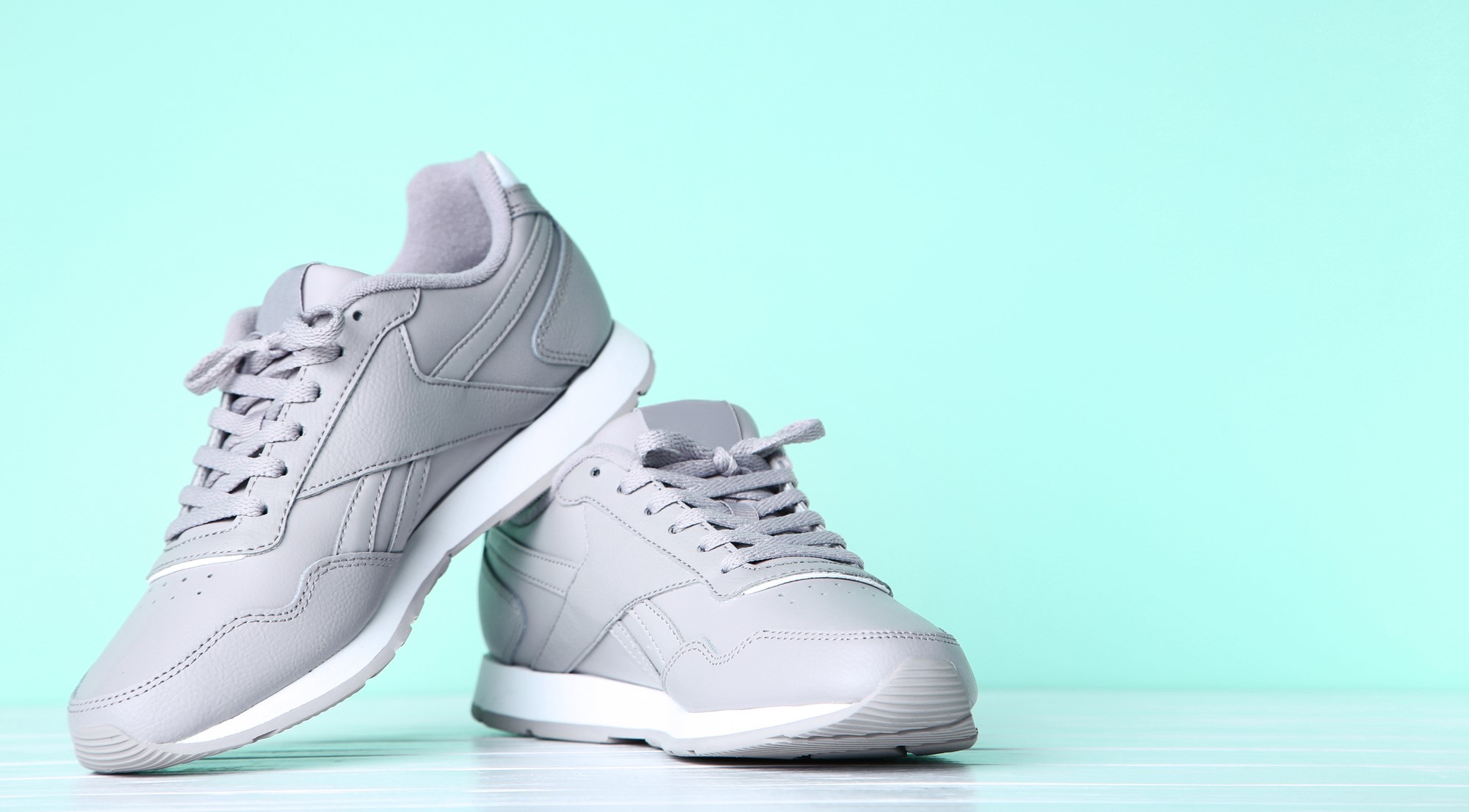

Sustainable consumption usually focuses on recycling, but extending a product’s lifespan is just as important. Keeping items that still function, even with minimal maintenance and repair, plays a major role in reducing the need to manufacture and purchase new things. A consumer’s attachment to a product is usually viewed positively because it encourages a person to use the item longer—a generally sustainable act.
However, the case might be different if the product isn’t being used at all. A 2022 International Journal of Design study found that this behavior, called product attachment, can lead to increased and redundant consumption. In other words, some people tend to limit the use of items they view as precious, like fancy dishware, expensive bags, or customized sneakers, and then buy additional, less meaningful products that they can use more often.
“People may experience fear, anxiety, or regret when using the product they are attached to,” says Jay Yoon, assistant professor at the Cornell University Department of Human-Centered Design who is an author of the study. “In this case, people would become hesitant to use it and buy new, everyday items. This ultimately results in increased consumption, which goes against sustainability goals.”
It’s crucial to take a step back and assess whether keeping meaningful, but unused products is ultimately sustainable.
Attachment to what you own is a double-edged sword
Consumers experience a wide range of emotions, each with a different influence, when using products, says Yoon. Attachment has its own unique behavioral effect, as the small study demonstrates. The authors interviewed 10 participants—two individually, and the other as pairs of married couples—for about one to three hours. Study subjects talked about the products they felt attached to, including the associated memories and emotions the objects evoked.
The interviews revealed that people may feel concerned about using an item they’re attached to, because they want to maintain its good shape and avoid potential damage.
[Related: The surprising link between lively music and sustainable shopping]
“Sustainable design means creating products with low life cycle impacts and that are well-utilized in meeting basic societal needs,” says Gregory A. Keoleian, director of the Center for Sustainable Systems at the University of Michigan who was not involved in the study. “The problem arises from overconsumption with multiple pairs of shoes that don’t get worn and go out of style and become waste.”
Keoleian says product sustainability can be measured with metrics such as material and energy resource consumption, greenhouse gas emissions, and solid waste across an item’s life cycle. These impacts are then divided by the number of uses of the product to determine its environmental footprint, or its lifetime impact per use. “If a product is rarely used and sits mainly in a closet or in some other storage, it will have a high environmental footprint compared to the same product used regularly,” he adds.
Having a nuanced understanding of the factors driving attachment, and knowing which of them can be tapped to encourage a product’s active use for as long as possible, is essential to avoid redundant consumption and be consistent with sustainability goals, says Yoon.
Limited editions vs responsible consumption
Fast fashion and fast furniture are common, and some consumers don’t see value in investing in well-made products, says Sonali Diddi, associate professor of design and merchandising and core faculty in the School of Global Environmental Sustainability at the Colorado State University who was not involved in the study. Additionally, consumers who do see the value in well-made products might not be able to afford the higher amount it would cost them. “Brands should definitely encourage active use, but most importantly, build products that will last long and have a reuse purpose,” she adds.
Instead, though, companies often release limited edition items as a marketing strategy to create a sense of rarity or exclusivity, generating demand among their customers. These purchasers place a high value on scarce products—owning a limited edition item allows them to flaunt their uniqueness or status. However, the perceived irreplaceability of a product is a major factor that fosters attachment, and the earlier study shows it is associated with more passive use and redundant product consumption.
[Related: Consumers are skeptical of buying recycled goods. Are they right?]
Although releasing products with a high scarcity value can be profitable, brands should be aware of the long-term ramifications on sustainability, says Yoon. “The irreplaceable, cherished products they want to introduce in the market would be transitioned to more decorative purposes or stored away,” he adds. “This can, in the long run, inadvertently stimulate people to buy additional alternatives for their practical daily use.”
Brands can encourage people to use products by deliberately integrating factors that don’t just foster a strong attachment but also result in active use. These tend to be things that enable activities, have aesthetic qualities made from durable materials, and allow for self-expression and self-identification, says Yoon.
“Designers and manufacturers can ensure and extend the useful life of products by enhancing quality and durability, creating designs that transcend time, and enabling their repair, reuse, and upgrading,” says Keoleian. He recommends that consumers follow the “less is more” principle by borrowing or renting before having to buy a new product, thinking carefully about every purchase, and avoiding impulse buying. Refraining from letting products accumulate in the closet, basement, or attic is also a must, Keoleian adds.
Sometimes, product attachment can hinder people from letting go and sharing their prized possessions with others, like family members or friends who can assure them that it will be well taken care of. One of the best practices consumers can do, Diddi says, is to audit their wardrobes and belongings regularly—whether that’s every six months or annually—to reflect on what items they are using and how many are just collecting dust.